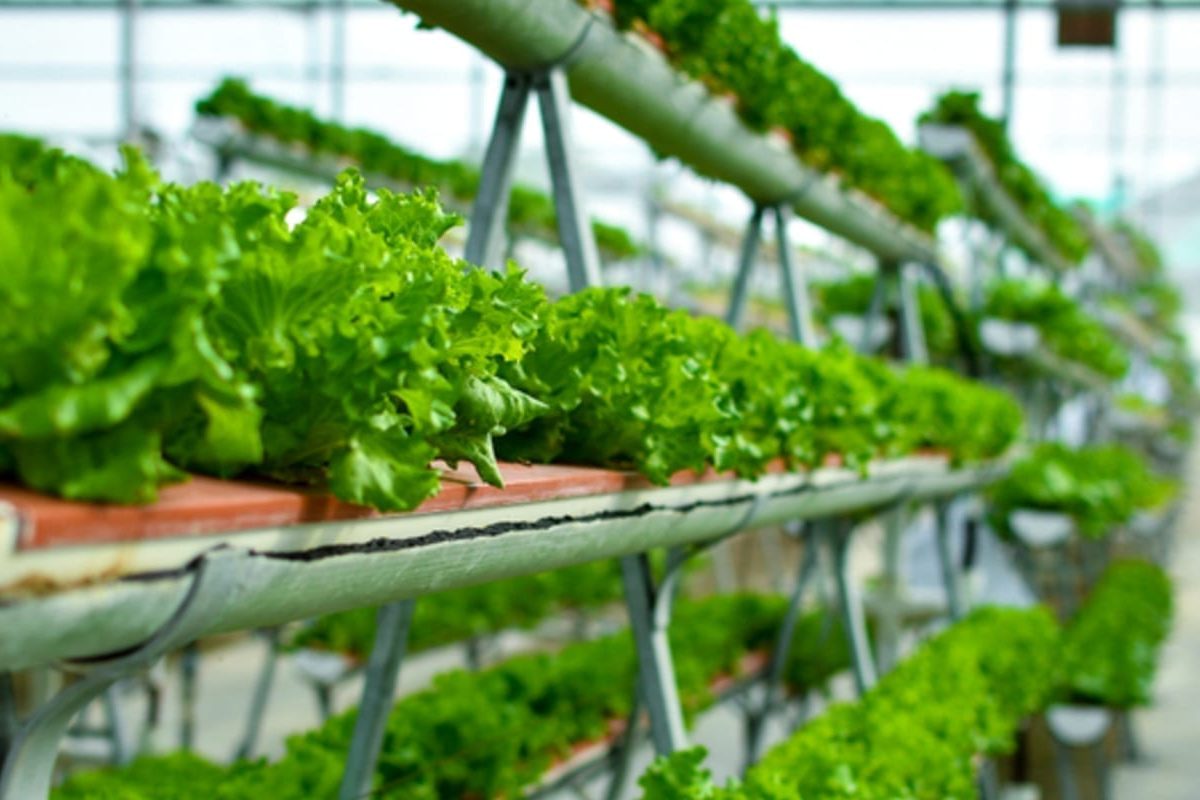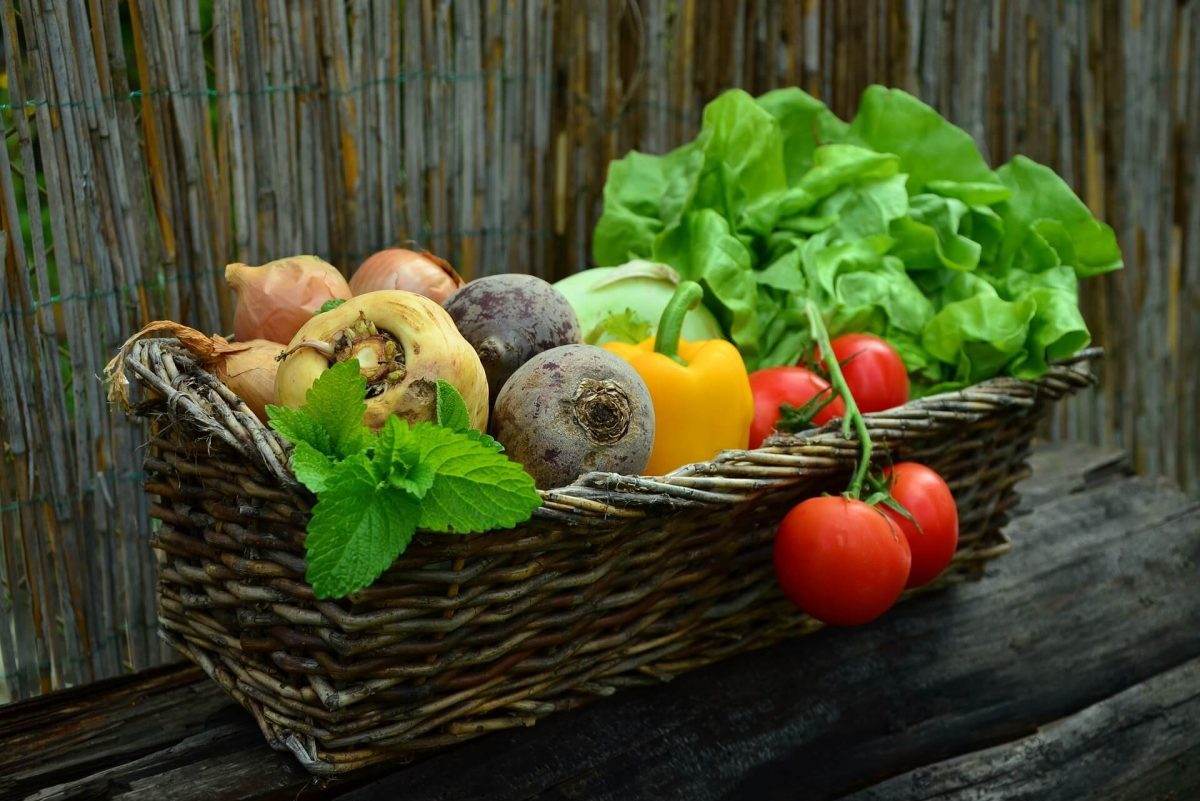In the last two decades, world food costs have risen by an average of 2.6 percent each year. Rising food prices are adequate proof that traditional agriculture is failing. Research shows that 64% of developing countries are commodity-dependent, and 60% of leafy greens worldwide are from three countries only.
If these trends continue, it will not only jeopardize our basic quality of life by diverting more spare funds to food, but it will also undermine our overall food security.
Vertical farming, a technology-driven agricultural paradigm, may offer a means of addressing agriculture production and food security in the next decades. This is notwithstanding that it has little immediate influence on food costs.
To maintain a regulated environment, these farms employ enclosed facilities such as warehouses. They cultivate crops in a hydroponic system, employing sophisticated instruments to ensure that crops receive the proper quantity of light, nutrients, and heating.

A Quick Way to Achieve Food Independence
Vertical farming is one step closer to food independence while also moving away from global instability. It aids in the fight against commodity reliance, variable market pricing, and a lengthy supply chain.
Our indoor vertical technology is designed to assist communities in breaking free from these constraints and growing local products. In this approach, communities can easily access fresh and nutritious meals to combat malnutrition and overweight.
Become Food Secure
It is time to envision a future in which nutritious, tasty, and fresh food is made available and affordable to all members of the community. You can make this vision a reality by producing fruits and veggies to their maximum capabilities with vertical farms. Plant your crops in areas where conventional farming is impractical and provide people with a constant supply of healthy and nutritious produce.

